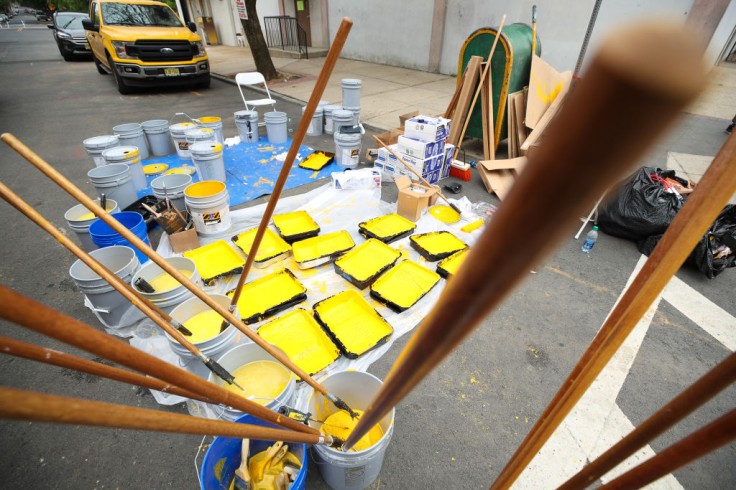
Half of the children in the U.S. are still at risk for lead poisoning as a new study has found high levels of the toxic substance in their blood samples.
In a study published in the JAMA Pediatrics journal, Dr. Marissa Hauptman and her Boston Children's Hospital staff learned that 50.5 percent of children under six years old have "detectable blood lead levels" (BLL). Iowa, Michigan, Missouri, and Nebraska have the highest number of children exposed to lead poisoning at 75 percent.
The experts looked into over one million blood samples from kids across the country and discovered at least two percent have a BLL of five micrograms per deciliter. According to the U.S. Centers for Disease Control and Prevention (CDC), this level is qualified as "elevated" in kids.
However, Hauptman and the CDC said that there is no safe level for the presence of lead in children's blood. Hauptman wrote in the study that any level detected is "potentially harmful," especially to younger and smaller children.
The Silent Epidemic Remains
Doctors Philip Landrigan of Boston College and David Bellinger of Harvard Medical School agree that the silent epidemic of lead poisoning continues. In the 1980s, 90 percent of children in the U.S. had 10 micrograms per deciliter of lead in their blood, prompting the government to ban products with lead content, especially paint, plumbing fixtures and water pipes in many homes.
Dr. Morri Markowitz of the Montefiore Children's Hospital told Bloomberg that despite a significant change from 50 years ago, the goal moving forward should be zero detectable blood lead levels among the children. However, if the lead is still present in many older or non-refurbished homes or buildings, children will continue to be at risk.
Meanwhile, President Joe Biden wants to eliminate all lead pipes for his government's trillion-dollar infrastructure proposal. While the doctors support the plan, they believe that the most significant source of lead poisoning in kids is still lead-based paint used in many old homes that haven't been renovated, particularly in impoverished communities with high BLLs.
Risks and Prevention of Lead Poisoning
Exposure to lead for children under six years old has serious health repercussions, affecting their brain and nervous system. Symptoms of lead poisoning don't usually manifest until it's already severe and the contamination has been present for some time, according to the Mayo Clinic.
Kids exposed to the toxic substance may experience weight loss, appetite loss, sluggishness, loss of appetite, irritability, learning difficulties, developmental delays, vomiting, constipation, and seizures. While there are treatments for lead poisoning, it's more important to prevent exposure by eliminating and reducing contaminants.
In homes, parents need to be conscious of the toys their children play with. If they are outdoors, they should be taught to wash their hands before coming inside to have their meals, as lead can be found in the soil.
Moms or dads must also regularly dust and clean the home to prevent the accumulation of dirt. Fixtures in the house, such as peeling paint, must be repaired as soon as possible. For homes with older plumbing, the experts recommend letting the water run at least a minute before using.